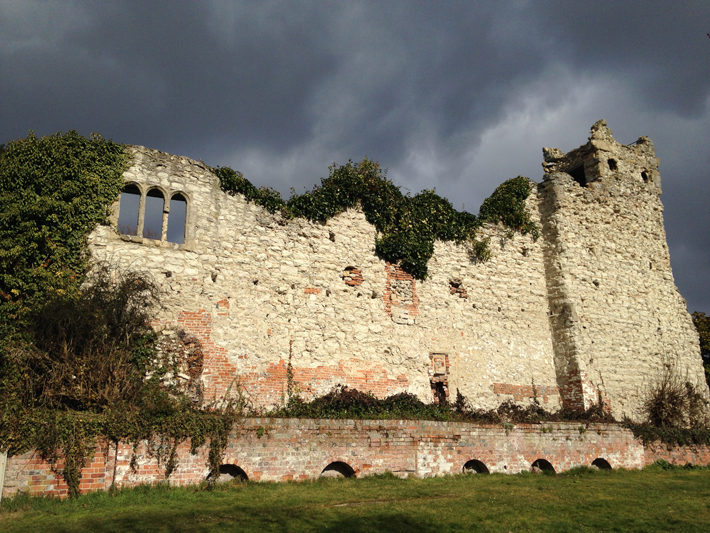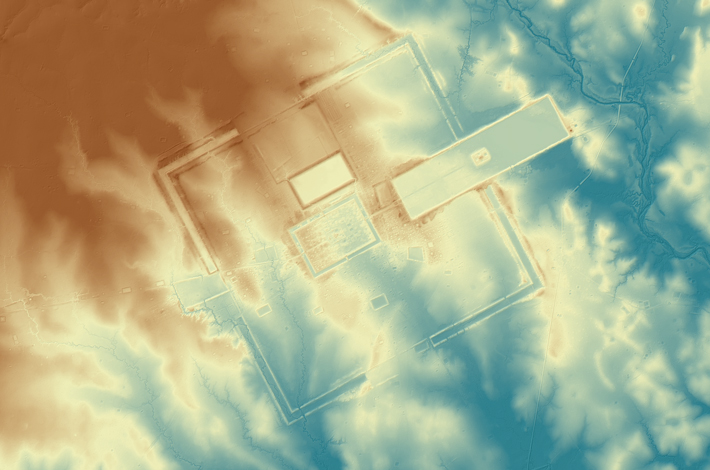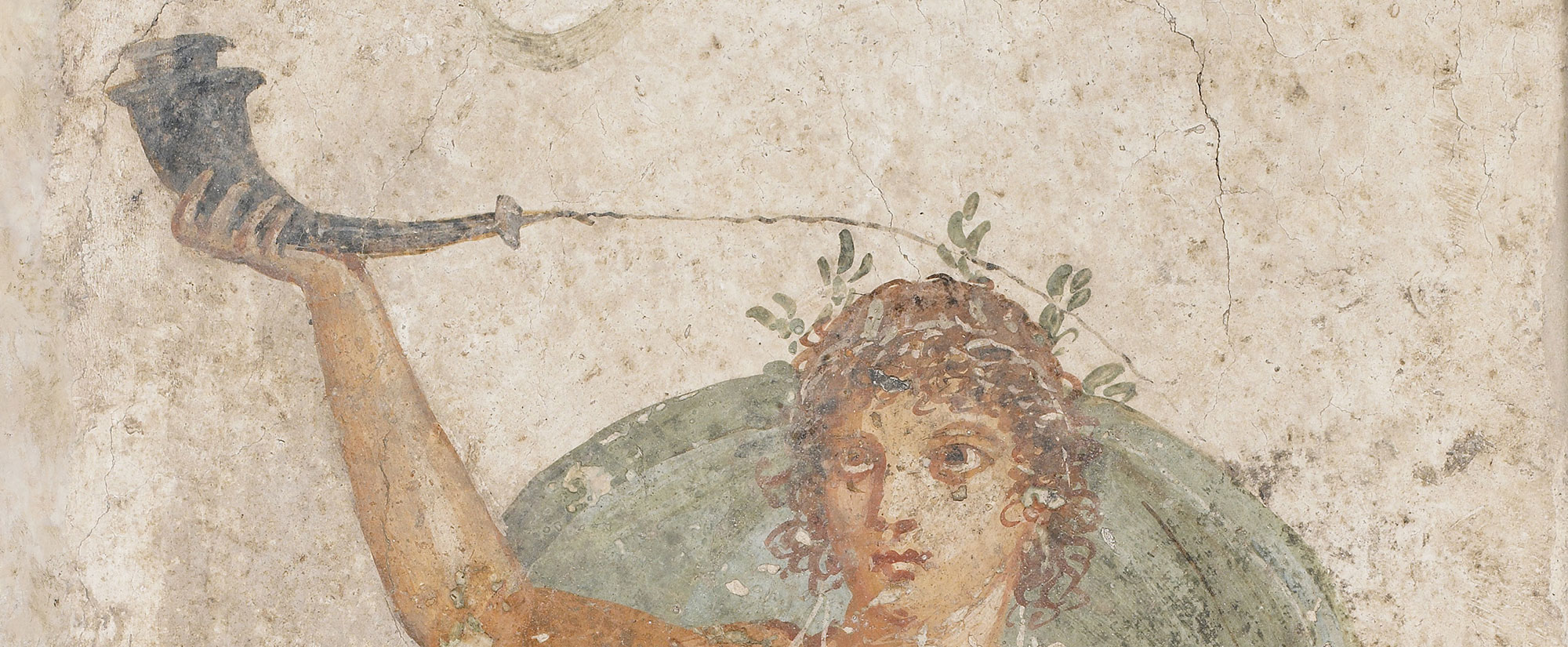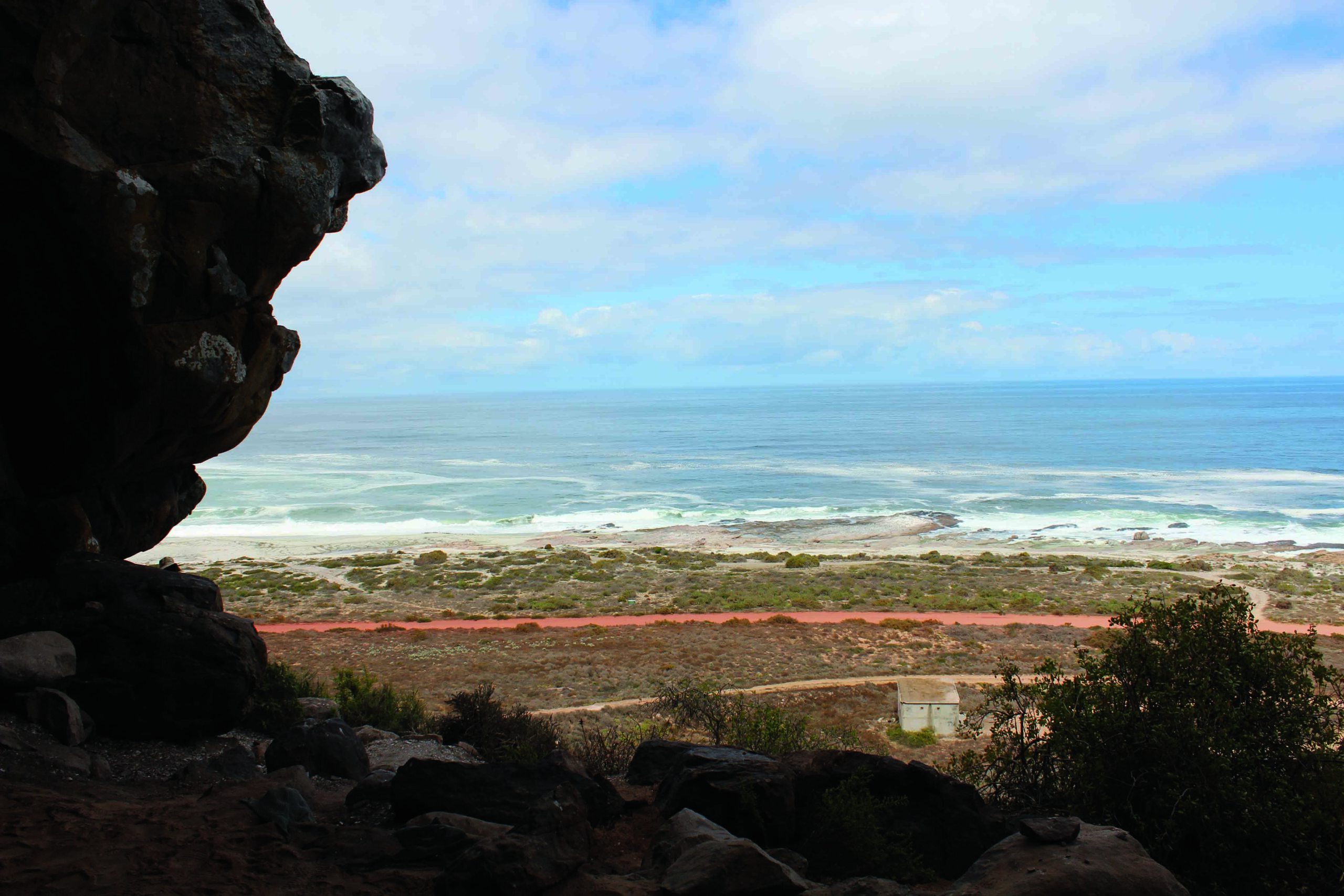
EXETER, ENGLAND—According to a statement released by the University of Exeter, Jose Iriarte and Mark Robinson of the University of Exeter and their international team of scientists surveyed Brazil’s southern Acre State with Lidar remote sensing equipment and revealed a series of more than 35 villages dated from A.D. 1300 to 1700 in the dense Amazonian vegetation. This network of villages is more extensive than previously thought, the researchers explained. Each village consisted of three to 32 mounds laid out in a circle around a central plaza, which suggests that the inhabitants followed specific social models. The villages were connected to each other through a network of dozens of roads built with high banks radiating out from the village circle. Some of the roads were deeper and wider with higher banks. Most of the villages had two such roads extending north, and two extending south. The researchers speculate that this arrangement may have been intended to reflect the villagers’ ideas about the cosmos. Read the original scholarly article about this research in the Journal of Computer Applications in Archaeology. To read about fertile plots of land in the rainforest that were created and cultivated by ancient Amazonians, go to "Dark Earth in the Amazon."











